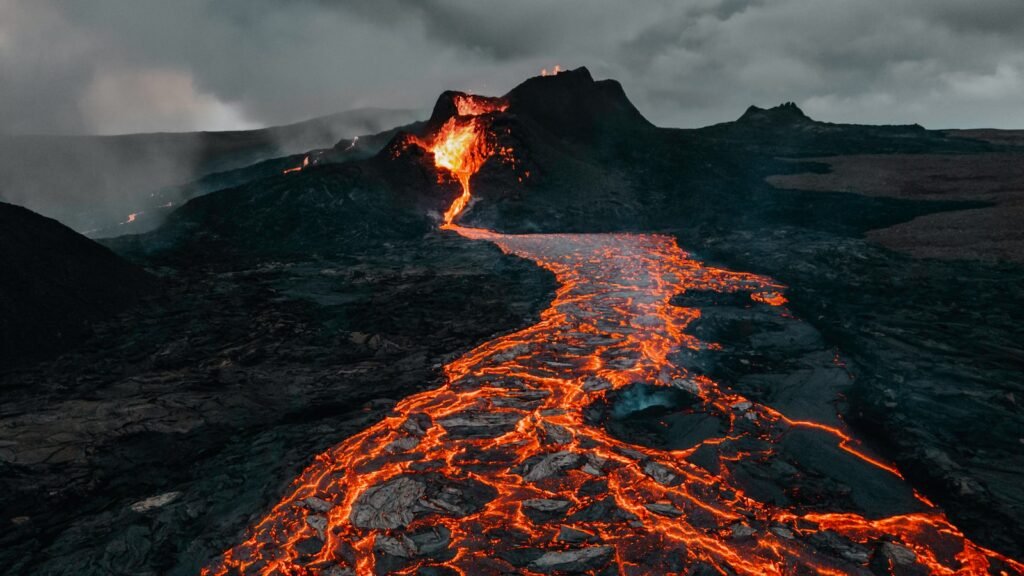Exploring the Hidden Treasures: Metal Detecting in Volcanic Soil
Metal detecting is a fascinating hobby that allows enthusiasts to uncover hidden treasures and artifacts from the past. While many metal detectorists focus their efforts on beaches or historical sites, there is a lesser-known but equally rewarding area for exploration—volcanic soil. In this article, we will delve into the world of metal detecting in volcanic soil, exploring its geological composition, advantages and challenges, essential equipment and techniques, significant discoveries, preservation and legal considerations, and tips for success.

Understanding the Geological Composition of Volcanic Soil
Volcanic soil, also known as volcanic ash, is formed from the weathering and decomposition of volcanic rocks. It is characterized by its dark color and fine texture, which make it an ideal environment for metal detecting. The high mineral content, such as iron and basalt, found in volcanic soil can enhance the conductivity and signal strength of buried objects, increasing the chances of successful detection. However, the composition and properties of volcanic soil can vary depending on the specific volcanic activity and geographic location.
Advantages and Challenges of Metal Detecting in Volcanic Soil
Metal detecting in volcanic soil offers several advantages over other terrains. Firstly, volcanic areas are often less explored, making them potentially rich in undiscovered artifacts. Additionally, the high mineral content in volcanic soil can amplify the signals of buried objects, resulting in better detection capabilities. However, metal detecting in volcanic soil is not without its challenges. The dense composition of volcanic soil can make it difficult to dig, and the presence of volcanic rocks and debris may hinder the efficiency of metal detectors. Furthermore, the fine texture of volcanic soil can cause the detector’s coil to pick up excess mineralization, leading to false signals and decreased accuracy.
Essential Equipment and Techniques for Metal Detecting
To maximize success in metal detecting volcanic soil, it is crucial to have the right equipment and employ effective techniques. A metal detector with adjustable sensitivity and ground balance settings is recommended to filter out unwanted mineralization and provide accurate target identification. Additionally, using a smaller and more focused search coil can help navigate the rocky terrain and improve target separation. Techniques such as grid search patterns and proper swing techniques can also enhance search efficiency and increase the chances of finding hidden treasures.
Unearthing the Rich History: Discoveries in Volcanic Soil
Metal detecting in volcanic soil has yielded fascinating discoveries that shed light on the rich history concealed beneath the earth’s surface. Ancient coins, jewelry, and artifacts from various civilizations have been unearthed, offering a glimpse into the lives of past societies. In volcanic areas with historical significance, metal detectorists have found relics dating back centuries, including weapons, pottery, and tools. These discoveries serve as valuable links to our past and contribute to the collective understanding of human history.
Preservation and Legal Considerations in Volcanic Areas
Preservation and respect for archaeological sites are paramount when metal detecting in volcanic areas. Before embarking on a metal detecting expedition, it is essential to familiarize oneself with local laws and regulations regarding artifact removal and excavation. Many volcanic areas are protected or designated as archaeological sites, making it illegal to remove any artifacts without proper authorization. Metal detectorists should always obtain permission from landowners and consult with local authorities or archaeological organizations to ensure compliance with legal requirements.
Tips for Successful Metal Detecting in Volcanic Soil
To increase the likelihood of finding hidden treasures in volcanic soil, consider the following tips. Research the history of the volcanic area and identify potentially promising locations. Pay attention to topographical features such as old paths, riverbanks, or areas where people may have congregated. Use discrimination settings on your metal detector to filter out unwanted signals from volcanic rocks and debris. Experiment with different sensitivity and ground balance settings to optimize your detector’s performance. Finally, practice patience and persistence, as metal detecting in volcanic soil requires dedication and perseverance.
Conclusion: Unlocking the Hidden Treasures of Volcanic Soil
Metal detecting in volcanic soil offers a unique opportunity to explore the often-overlooked treasures hidden beneath the earth’s surface. The geological composition of volcanic soil, with its high mineral content, presents advantages and challenges for metal detectorists. By understanding the unique properties of volcanic soil, utilizing appropriate equipment and techniques, respecting legal considerations, and conducting thorough research, metal detectorists can unlock the rich history and uncover the hidden treasures that lie within volcanic areas. So grab your metal detector and venture into the fascinating world of metal detecting in volcanic soil, where history awaits your discovery.
